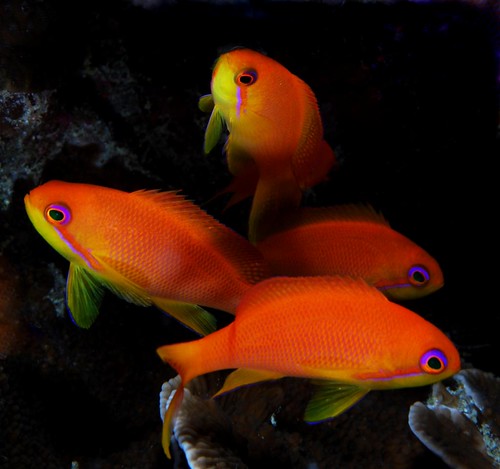dolesorchard
Contributor
Buddy's has a digital photo shop where you can rent a camera at a reasonable price. My wife and I were there for two weeks in Dec. and we came home with 1200 pictures.
Welcome to ScubaBoard, the world's largest scuba diving community. Registration is not required to read the forums, but we encourage you to join. Joining has its benefits and enables you to participate in the discussions.
Benefits of registering include
Bill, A Nikon D3100 has around 2,200 to 2,400 lph (which is pretty typical of that class of SLR), A Oly zx-1 has, 2,200 to 2,400 lph... humm resolution is actually the same... The best P&S resolution is the G10, in low ISO at just over 2,400 (but sucked at any high iso).
...
I guess it is too much to ask, but I wish that anyone using a camera do some homework, learn a bit about the technology and it's good and bad points and actually compare identical images, and then make judgements.
Sadly, large format cameras are an accidental casualty of the digital age, and even Medium format camera's have gotten stupid in price.
Me not making sense is nothing new, sorry.
There are two good things about P&S camera's over interchangeable lens ones:
1. Depth of field at a given field of view and F stop. The SLR people would tell you they have better control of depth of field, and they would be correct, except that they need to, because they have so much less of it.
2. The second is a bit more obscure. All focal plane camera's maximum flash sync at something between 1/125 to 1/250th (that I know of). I believe the micro four thirds are 1/160th maximum (to lazy to go look, sorry). If you want to cut out ambient light, you just have to increase the F stop. But, depending on the lens, after around F8, the image will degrade. By F16, you still have a nice image, but from an absolute quality point of view (not an internet image) one is now something below a really good P&S. And if you let ambient light in (assuming one is shallow and in clear water), then you are limited to the stop action of that 1/160th (which is not that good for really fast moving thing).
An LX-5 can flash sync up to 1/4000... the new fuji and the Oly will 1/2000. It varies with the canon's but they are at least 1/500th. Truth is, they need that because they don't have large number F stops, and they don't have those because they would make really crappy images. But for fast moving, underwater animals, you can freeze things that cannot be frozen with a SLR.
But you typically only get that with the higher end models...
It is not all good, by the way, as it can produce what I call the frozen fish look...



Dave,
On land, for most purposes, a larger sensor is better, but when you shrink the working space down to feet instead of miles, things change. When you look at studio shots (which are done at a distance close to what one shoots underwater images at, suddenly, it becomes almost impossible to tell the difference, and if people don't know, many will pick the small sensor image as better.

